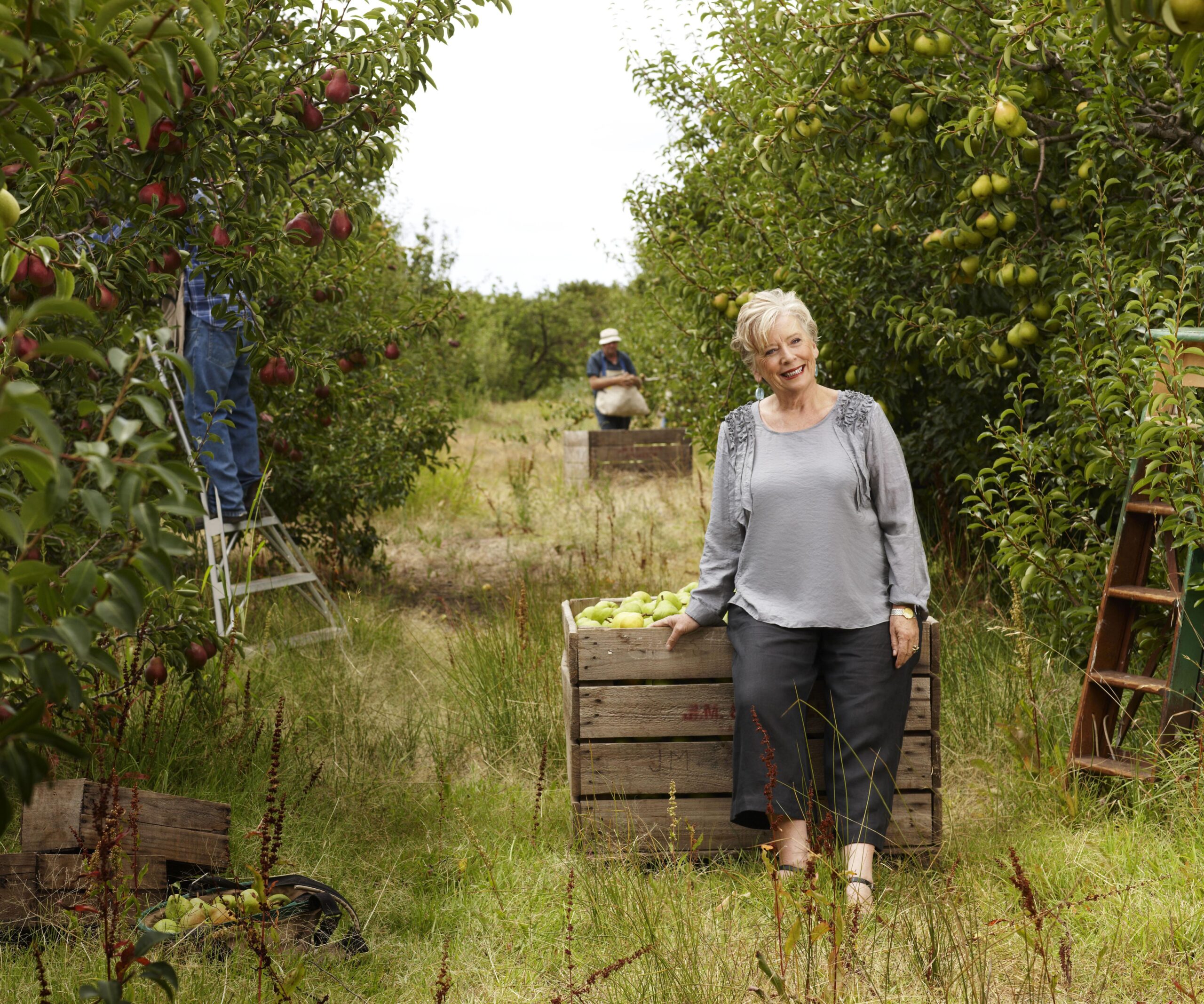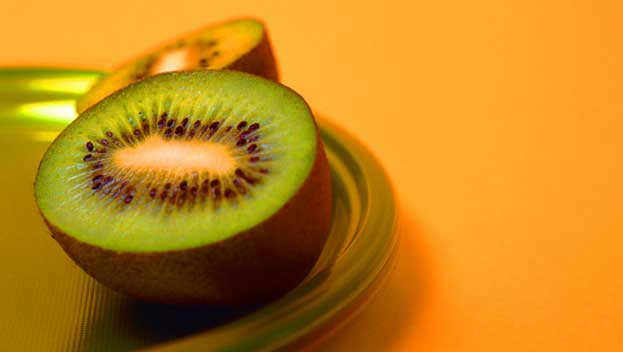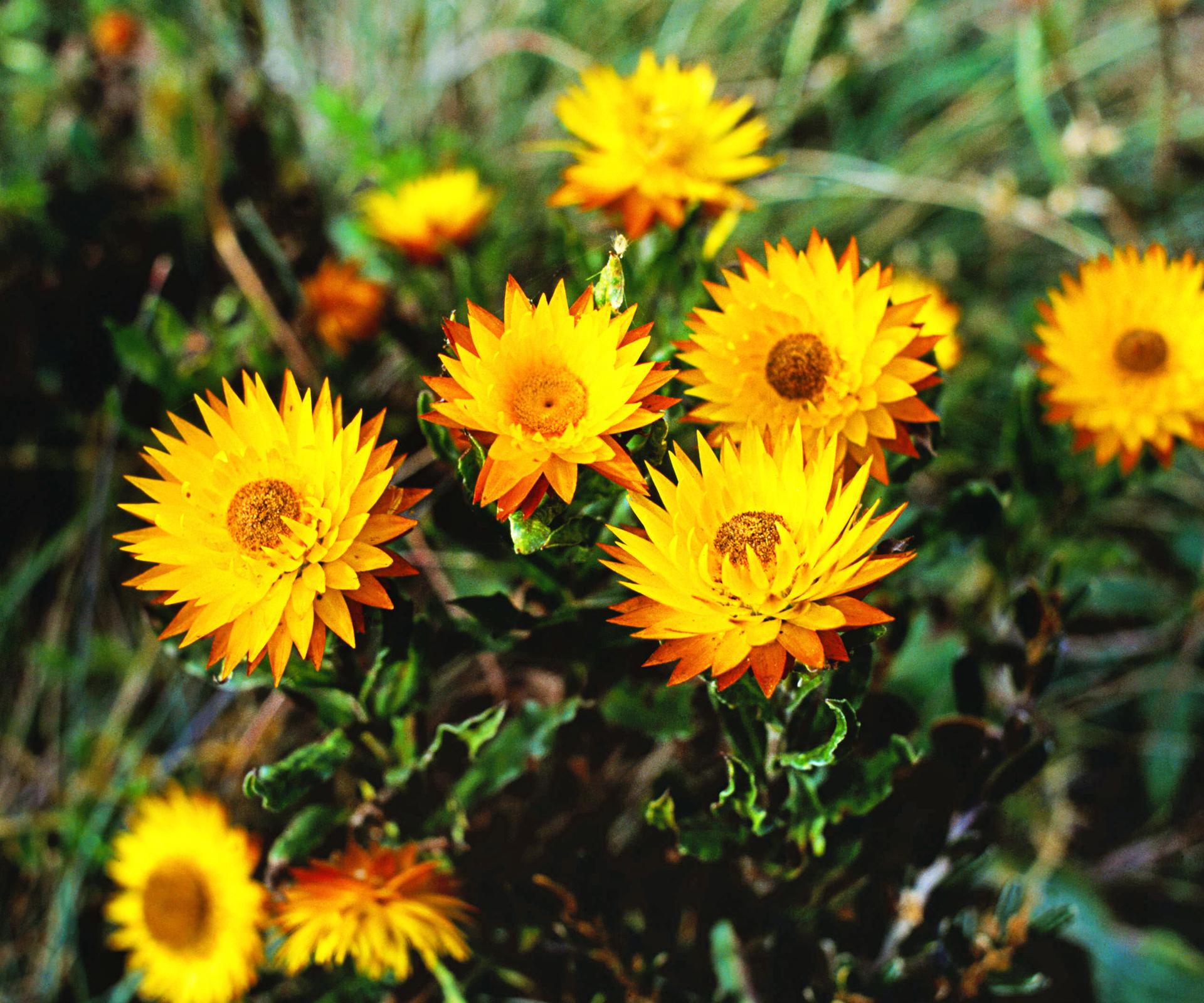Ready, set, orchard. The Weekly’s Jackie French shares her favourites for a fool-proof orchard.
How to grow apricots
Where to plant:
Not for subtropics or areas with heavy late-spring frosts; DON’T grow apricots in humid areas – the fruit will rot. And, try to prune apricots as sparingly as possible – they can suffer horribly from gummosis which often begins with pruning cuts. Apricot trees can become very large when they are grown in the correct spot in the appropriate climate and it is best to plant them with an eye to their eventual spread rather than trying to jam them into too small a space. Crammed up apricots get more brown rot and leaf spot.
Tips to avoid rotting:
Spray with Bordeaux in winter when the tree is leafless; in fruit fly prone areas grow early varieties or not at all, or grow plumcotts – a plum-apricot cross that fruit fly don’t like so much; use splash-on bait.
Harvest:
Pick when they taste sweet; leave on the tree as long as possible but they’ll ripen indoors as soon as they start to turn orange.
How to grow bananas
Which variety?
There are hundreds of varieties of banana – including my favourite, thin sweet bananas as small as my little finger (I ate them in the Philippines) – but in Australia you can only get the big ungainly Cavendish, Lady Fingers and sometimes in the far north plantains which are for cooking only.
How to grow:
Bananas need a frost-free situation with no wind; mulch well for two metres around the tree and feed every two months. If they have that, they are incredibly easy to grow. Straight after you harvest the bananas cut back the old tree AT ONCE and chop it into mulch; leave one sucker to bear the next crop. You can also plant some of the other suckers elsewhere.
Harvest:
It takes about nine months for bananas to ripen in hot areas; up to 30 months in colder areas. Cover the young bunch with one of those blue covers (buy the cover at the Garden Centre), or pick off the whole bunch as soon as they look like bananas, not awkward teenagers; pick the top bananas over the next few months as they start to turn yellow. One bunch of bananas weighs about 20 kgs.
How to grow blueberries
Where to plant:
Temperate to cool climates; not suitable for the tropics or sub-tropics. Ask your local nursery or Department of Agriculture which variety suits your area – there are many available – some will suit southern Queensland and northern NSW, others are best in very cold climates. Blueberries are fussy – you need full sun and moist but well drained soil – the best blueberry spot never quite dries out. A friend has a gorgeous bush right under her tap, where it gets regularly dripped on. Soil must be loose – in clay or shaly areas grow your bushes in barrels or above ground beds. Note: the warmer the climate, the less tasty the berries – unlike most fruit.
Mulch very well (old leaves are excellent) – this keeps the soil moist and friable but also keeps down weeds. Blueberries hate weeds and will sulk or die if one so much as looks at them. Soil should be slightly acid. Avoid lime and shelter from hot winds. Feed with old hen manure or Dynamic Lifter every autumn. I’ve made blueberries sound as fussy as three year olds, but once you give them what they like, they thrive.
Harvest:
About a week AFTER they turn rich dark blue, or even later in cool climates. Pick the ripest in each cluster rather than the whole bunch. Roll them off gently – if you pull too hard you’ll leave a hole in the top of the berry, which will bleed and get infected with interesting fungi. You’ll get about 5 – 10kg per mature bush.
Blueberries can be dried and used instead of currants; just leave them on a rack in the sun for two hot days, and take them in when it’s damp. To freeze, wash, drain, and place about a cupful in each freezer bag. Freeze only a small lot at a time so they freeze swiftly; this way they retain their shape when they are thawed.
How to grow blackberries
Where to plant:
Blackberries must have somewhere to climb. We grow ours up builder’s mesh. Cut back all canes that have fruited and all new canes to two buds off the ground. Tie new growth to the trellis every few weeks or it will start to spread over the garden instead of upwards.
Harvest:
Leave berries on the vine for at least a week after they look ripe, unless they start to rot or shrivel or fall off. Use them the same day – the flavour loses its pungency in the fridge.
How to grow figs
Where to plant:
Figs grow easily anywhere except tropical areas; grow against a sunny wall in frosty, windy areas. They are excellent in barrels or even big pots – although fig trees can grow to six metres they are naturally dwarfed in the confines of a large pot. You won’t get as much fruit – but you will get a fig or two each week through summer. (I have a friend who grows a most beautiful fig tree on a table by a sunny window. She trims it back each winter and it looks most elegant.)
Figs need full sun and feed well for good crops but most fig trees forgive a little starvation. Mulch well in dry areas or on sandy soils.
Harvest:
Pick figs about a week after they turn deep purple. The longer you leave them the sweeter they’ll be. Some people like them very sweet; others prefer to pick them straight away.
How to grow medlars
What is it?
Medlars are an old fashioned fruit. They look a bit like rotten pears when they’re ripe – or dog droppings. Having now totally pout you off – they are delicious, hardy, with stunning autumn leaves, and laugh at cold and drought. It’s just the squishy appearance that puts people off, so it will never become a supermarket fruit. Which is a pity – the world needs more delicious medlars!
How to grow:
Anywhere from temperate to cold as long as there is sufficient moisture. In any soil and full sun; protect from wind if possible as the fruit may blow off in strong wind while ripening.
Varieties:
The most common is Nottingham; avoid it if you can; newer introductions have larger, better flavoured fruit and larger flowers. No pruning needed; feed in spring every few years if you get round to it.
Harvest:
Medlars are picked after the first frost, when the leaves have fallen, and the fruit is soft, brown and rotten looking.
The fruit can also be picked at leaf fall and ripened indoors. Eat with vintage port. If you’re not a vintage port consumer, scoop out flesh and top with thick cream or yoghurt.
How to grow persimmons
What are they?
Persimmons are possibly the most beautiful fruit tree – perfectly shaped with exquisite autumn leaves – and small enough for even courtyard gardens. Ask your local nursery for the variety best suited to your area.
Which variety:
Any of the new varieties are good – much sweeter than the old ones.
How to grow:
Persimmons need well drained soil, and suit sub-tropical to very cold climates. Don’t panic if they don’t grow for a year or two – persimmons can sulk. Avoid early ripening varieties in fruit fly areas (ask your nursery when you buy the tree).
Harvest:
Pick when brightly coloured; don’t wait till they are soft – the birds will eat them; late varieties hang on the tree after the leaves fall looking ravishingly pretty – like smooth orange lanterns – but if yours is an early variety or you’re in a hot climate, they won’t.
Eat fresh; if by any chance you have a hundred trees and excess fruit, slice it and dry it for winter chook and pig food.
I’ve seen recipes for persimmon beer, icecream, chutney, jam, sorbet, muffins and sauce. If you happen to like persimmons try standard recipes for any of those, adding persimmon instead of other flavourings. (The persimmon beer was made like ginger beer, but with persimmon instead. It sounded disgusting!)


